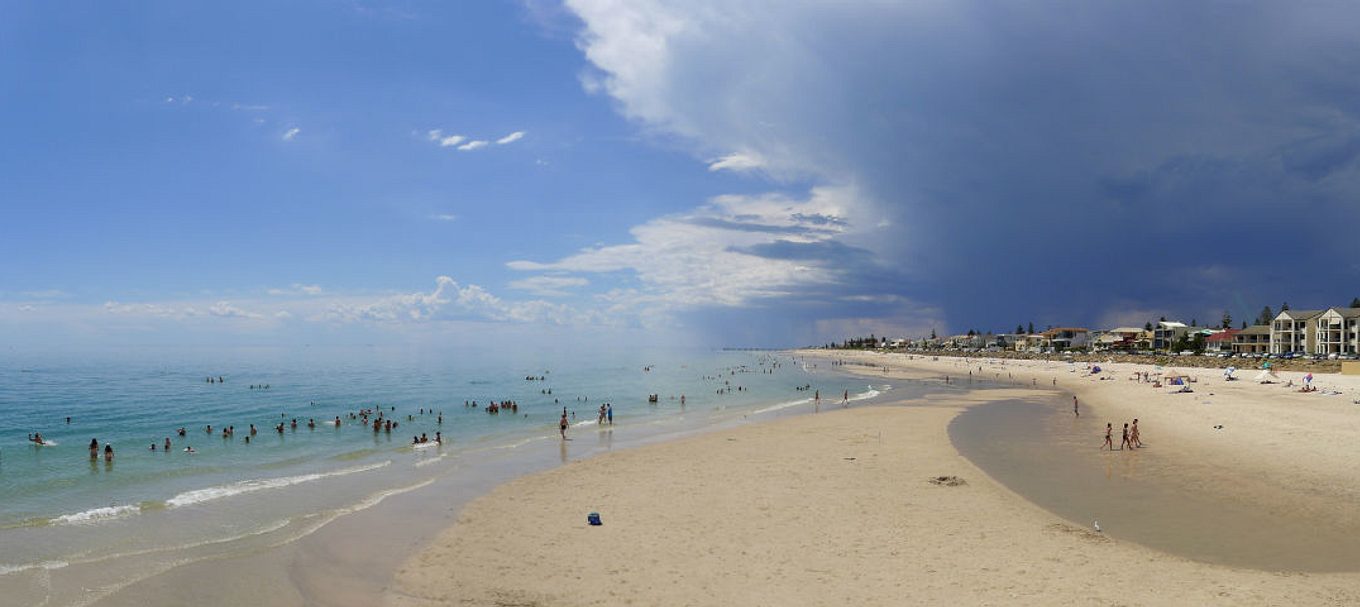
How Adelaide’s beaches stay in shape
Did you know that Adelaide’s beaches aren’t naturally all sandy? It takes work to keep our beaches looking great.
Adelaide’s coastline was originally a natural sand dune system. But from the early 1900s, most of the land behind Adelaide’s foreshore was developed with roads, buildings, houses, recreational areas, and sewerage and stormwater infrastructure.
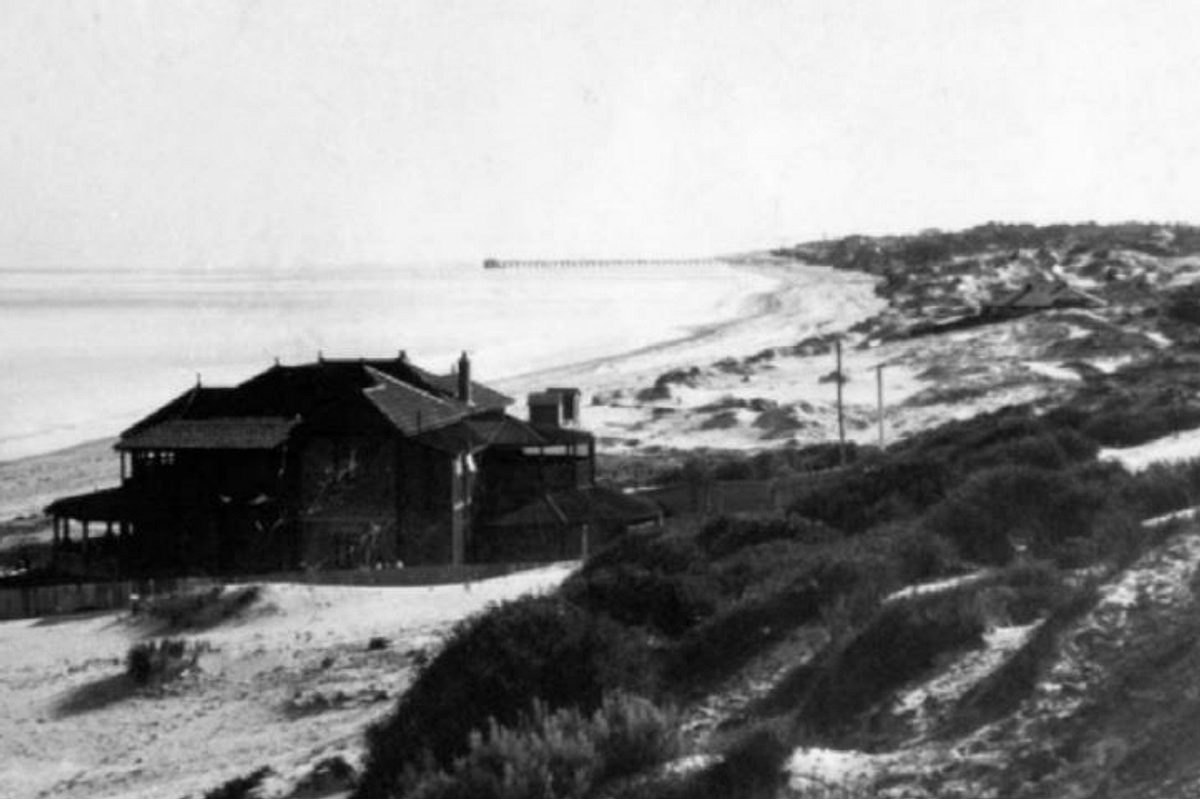
The sand along Adelaide’s coast naturally moves northward, by the wind and waves. This causes sand to build on our northern beaches such as Semaphore and Largs Bay, but causes erosion along our southern and central coast such as Seacliff, Brighton and Henley Beach.
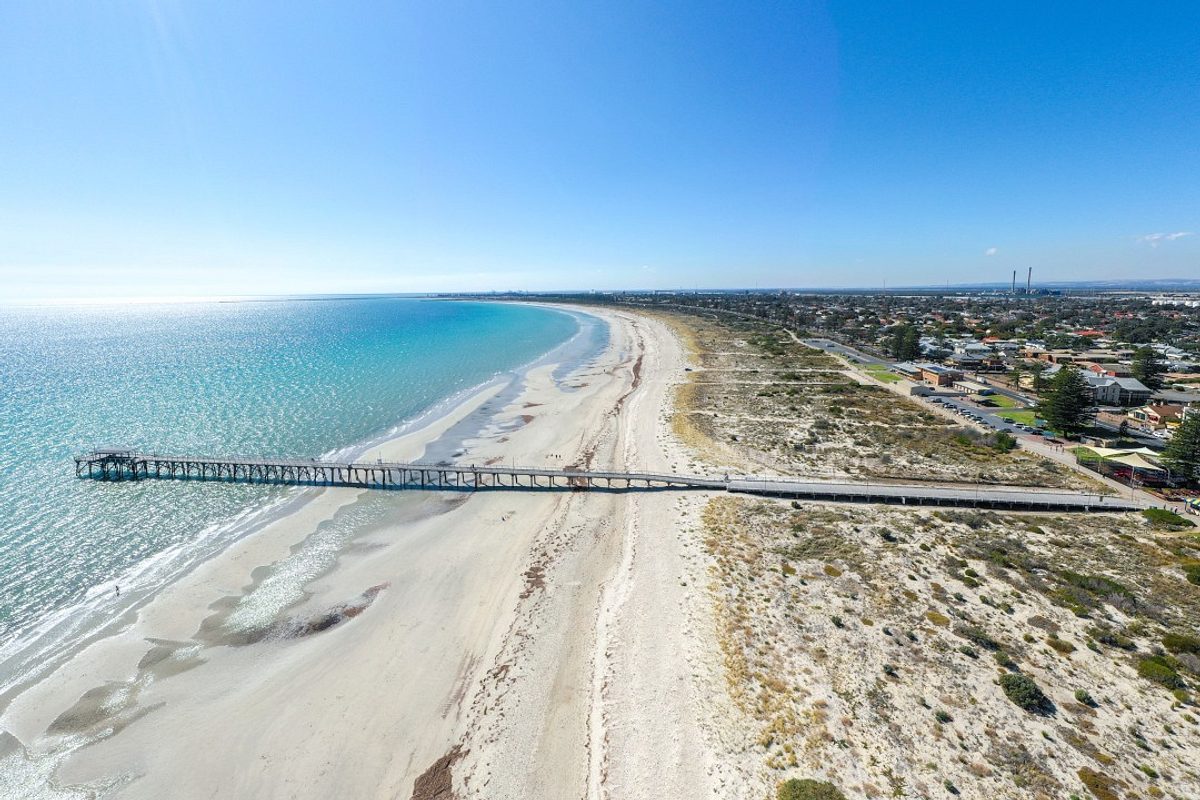
The effects of Adelaide’s natural northward drift, together with earlier foreshore development, means that our coasts need to be looked after. If not, some of our favourite beaches would quickly erode to rock and clay, plus our houses and roads along the foreshore could be badly damaged by storms.
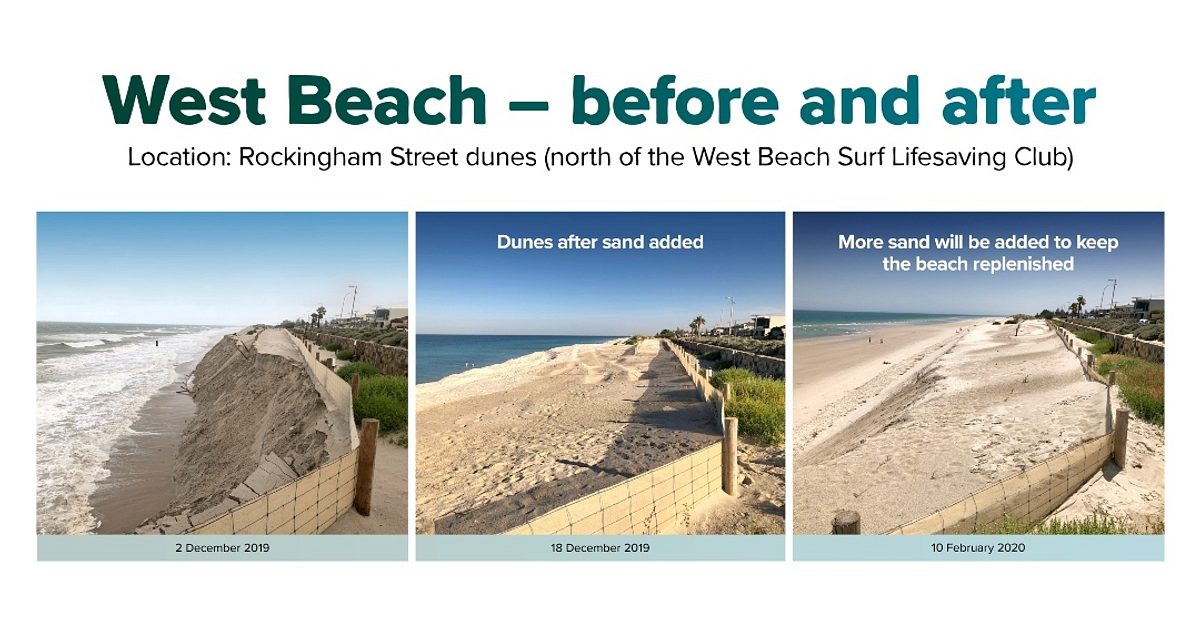
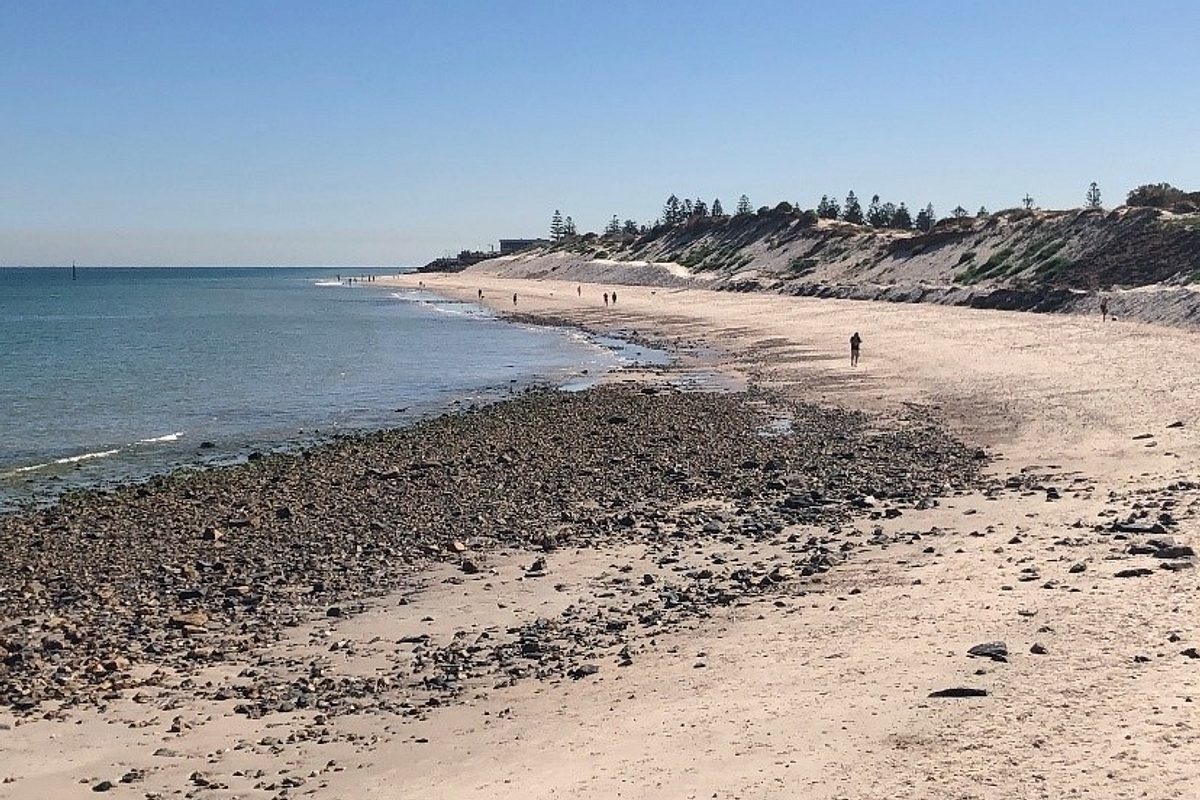
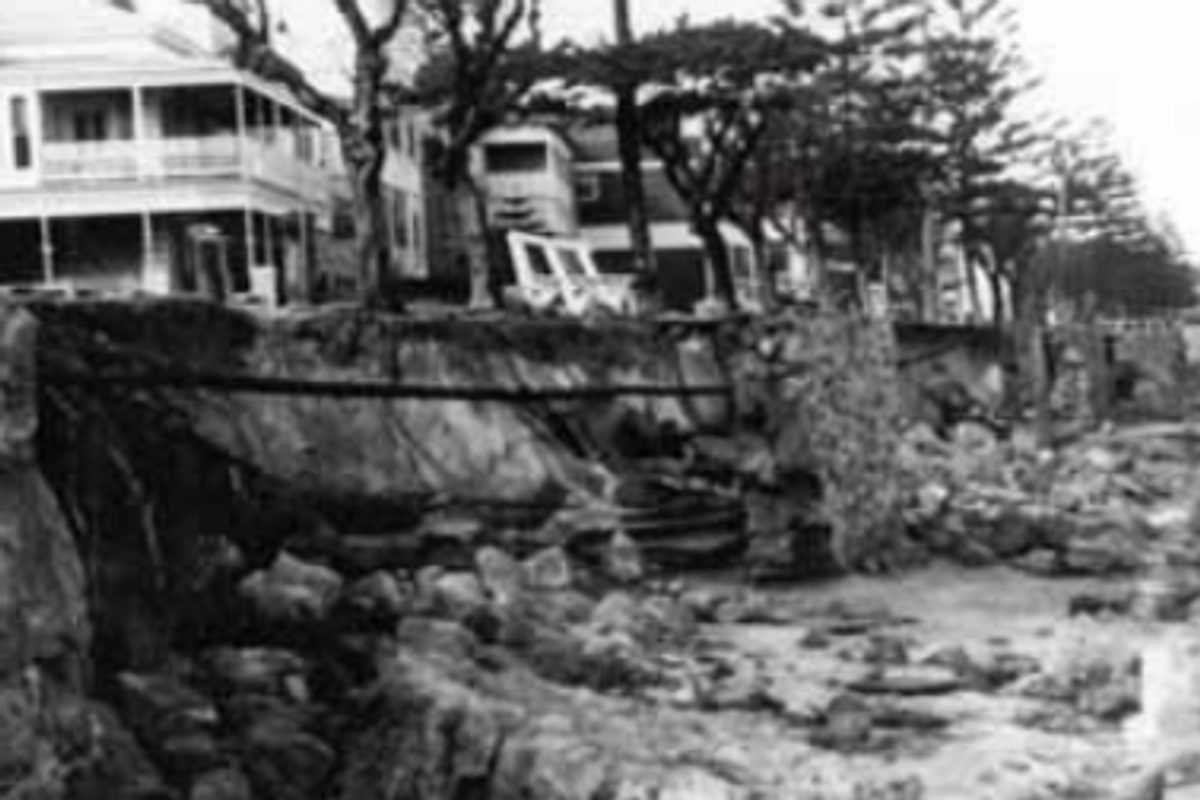
Since the 1970s, Adelaide has adopted a beach replenishment program to actively manage our metropolitan beaches. Every year, sand is pumped or trucked from our northern beaches to our southern beaches.
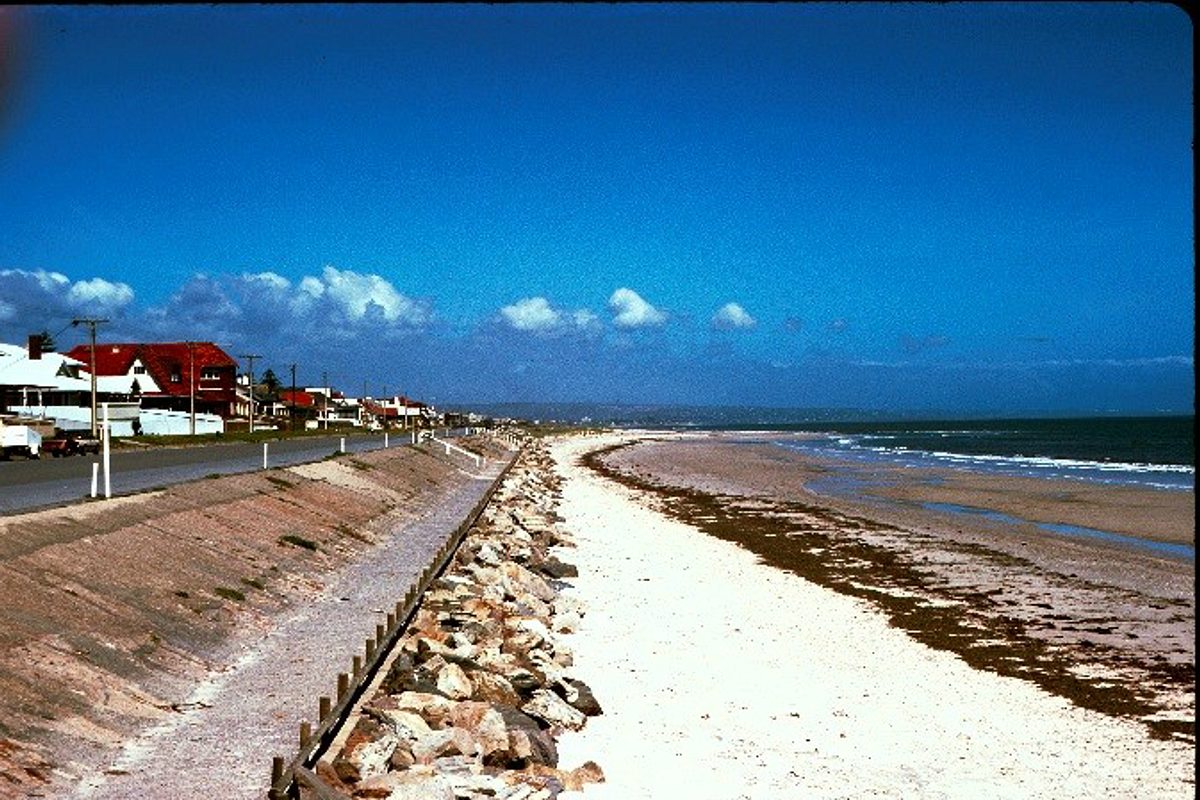
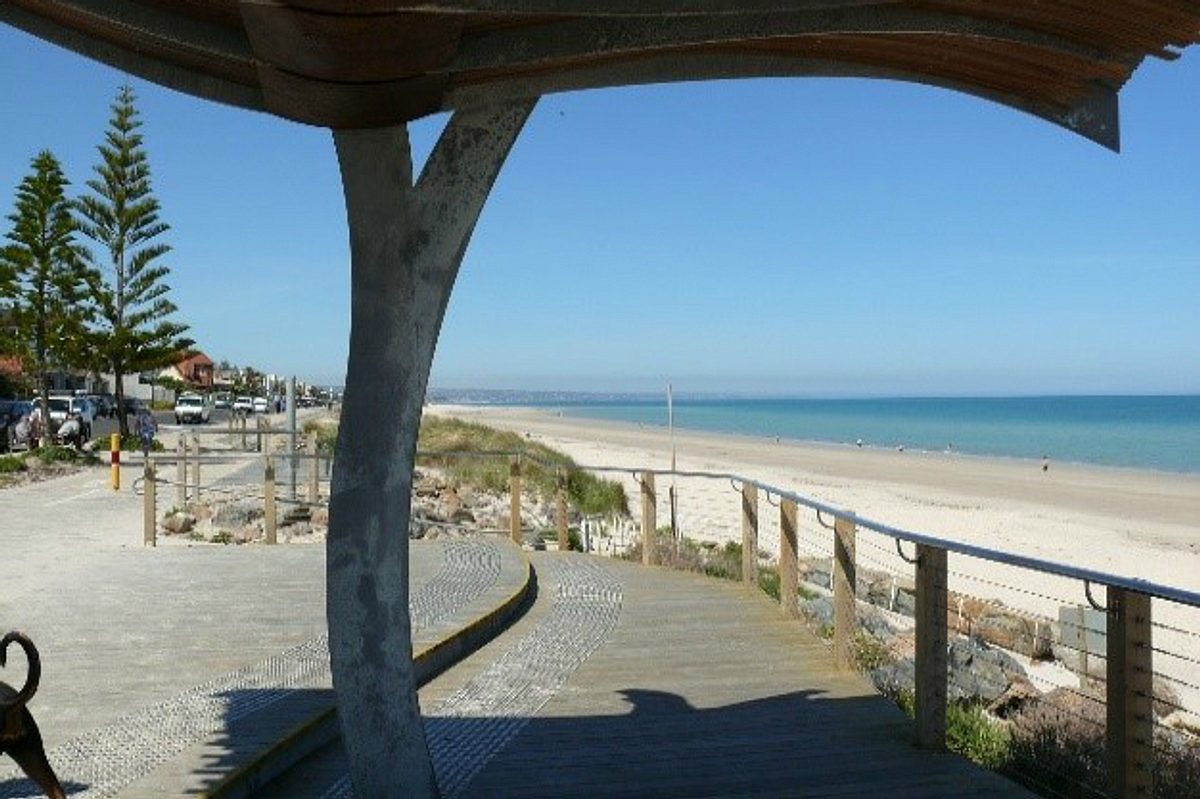
Sand pumping uses pumping stations and underground pipelines to transfer a slurry of sand and seawater from beaches where sand is building up to the eroding beaches further south.
Two sections of Adelaide’s coasts have an underground sand pipeline – Glenelg to Kingston Park and the Torrens Outlet to the West Beach dunes. A new pipeline is also being built from Semaphore to West Beach.
Keeping Adelaide’s beaches sandy - Adelaide’s sand recycling pipeline
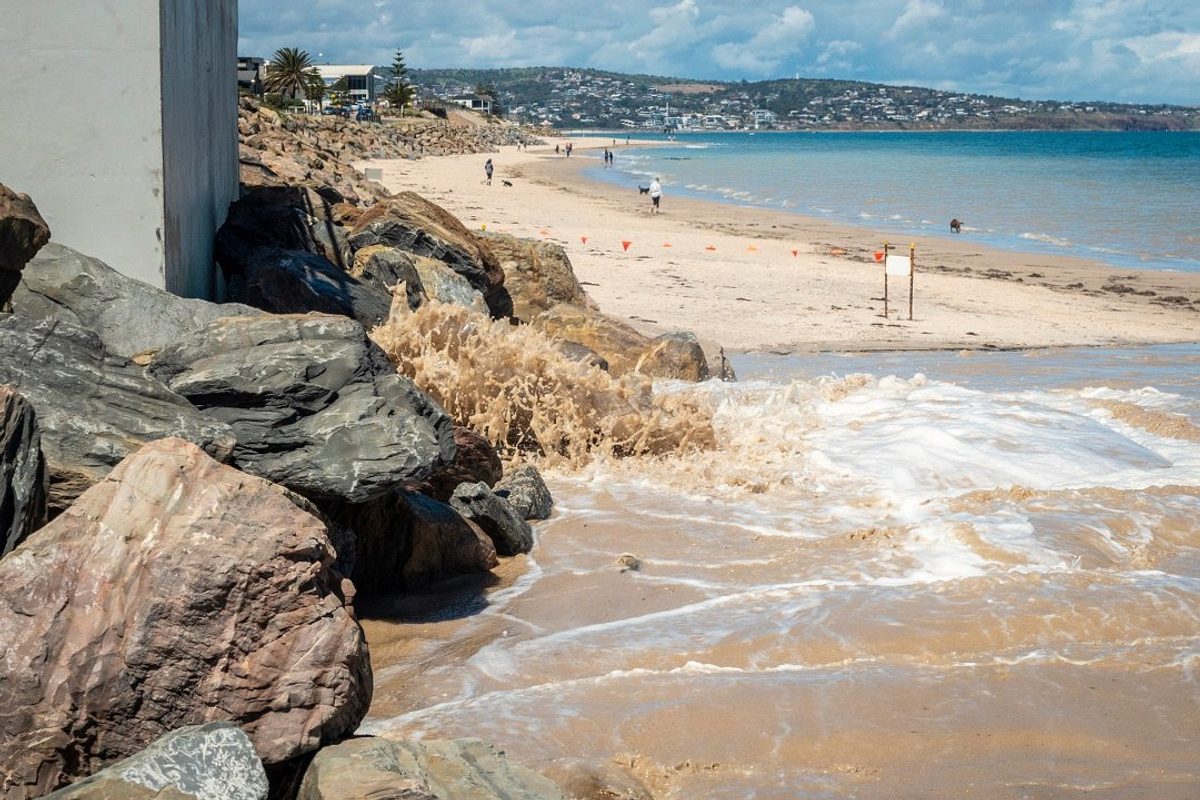
Trucks are used to transfer sand along some sections of the coast, such as from West Beach Harbour to Glenelg North and between Semaphore and Henley Beach South. Once the Semaphore to West Beach pipeline is built this will reduce the need for sand trucking in the area.
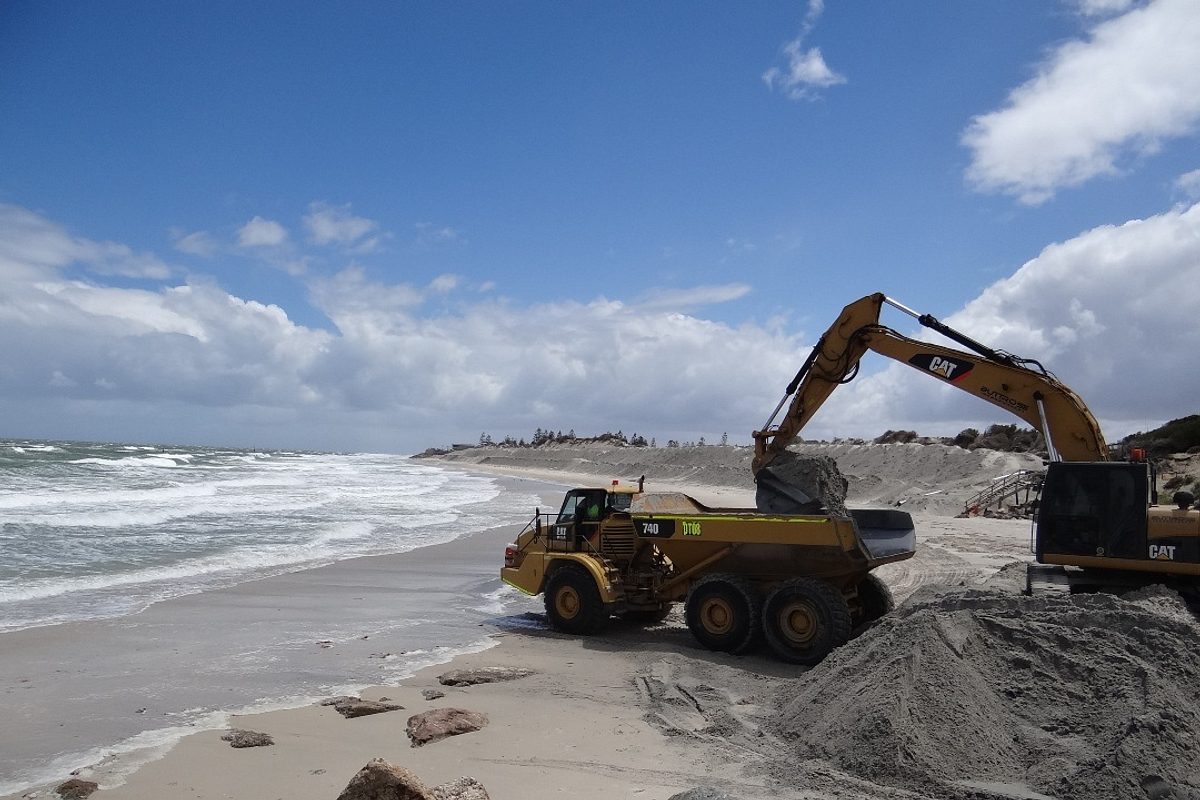
As Adelaide’s climate changes and sea levels continue to rise, it will take extra work to keep our beaches looking beautiful.
Learn how we keep sand on Adelaide’s beaches
Learn more about sand shifting along Adelaide's coastline.
Sand movement works are recommencing in May. To find out about the latest beach works and how we’re securing the future of our coastline, visit the website.
Main image: Henley Beach
This story was originally posted in October 2015 and has been updated with current information.





